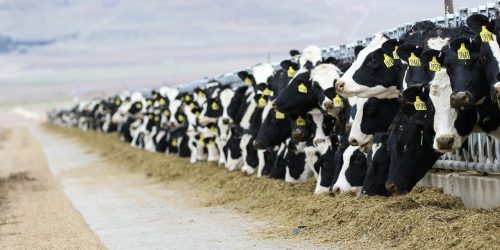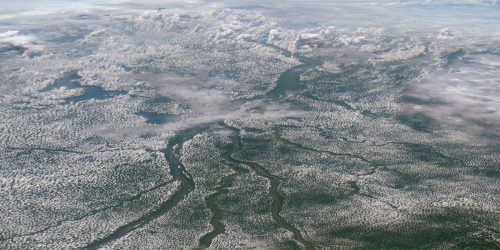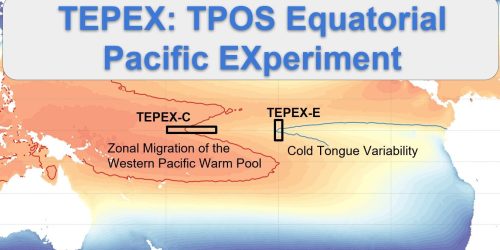Dry deposition is one way in which particles, or aerosols, are removed from the atmosphere via uptake in soil, water, or vegetation at the Earth’s surface. Critical for estimating aerosol distributions in atmospheric models, dry deposition is not accurately described by most climate and air-quality models used today. Atmospheric scientists, funded in part by CPO’s Atmospheric Chemistry, Carbon Cycle and Climate (AC4) program, have developed a new way to represent dry deposition in models based on extensive field observations. Their improved dry deposition description (i.e. model parameterization) balances representing complex deposition processes with developing a simple parameterization that can be adapted for use in existing climate and air quality models.
Featured in the Proceedings of the National Academy of Sciences of the United States of America (PNAS), their study offers an updated understanding of dry deposition gained from recent advances in aerosol instrumentation that allowed the researchers to collect dry deposition measurements over a variety of complex landscapes (e.g. coniferous forests). Based on their observations, the study authors found that previous parameterizations overestimated some modes of deposition while underestimating others, sometimes dramatically so. Changing how dry deposition is represented in models changes the radiative effects of aerosols by altering how long aerosols exist in the atmosphere and how many of them exist at any one time, i.e. their lifetimes and concentrations. Direct and indirect aerosol radiative effects are two of the largest sources of uncertainty associated with anthropogenic climate forcing (i.e. warming and cooling). Thus improving dry deposition parameterization reduces model uncertainty in the radiative effects of aersols. Improved model parameterizations for dry deposition can also be beneficial for better modeling air pollution and its impacts on human health.










